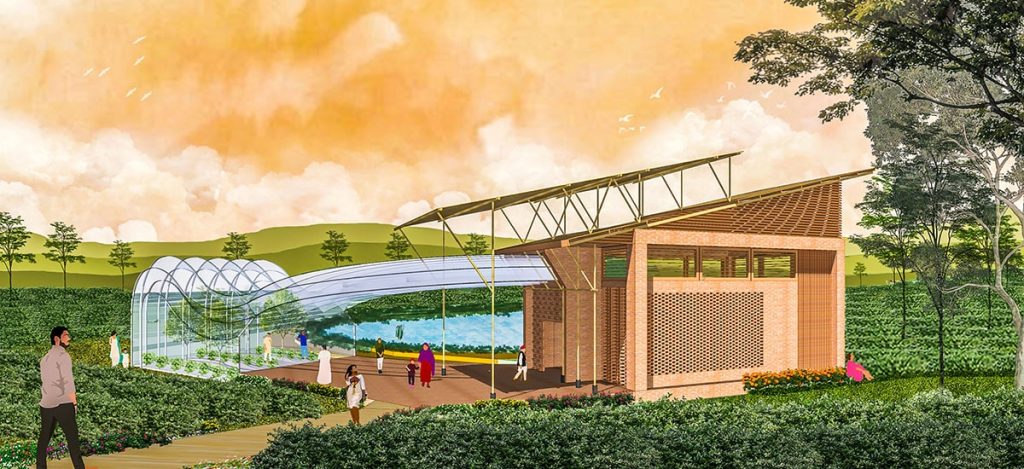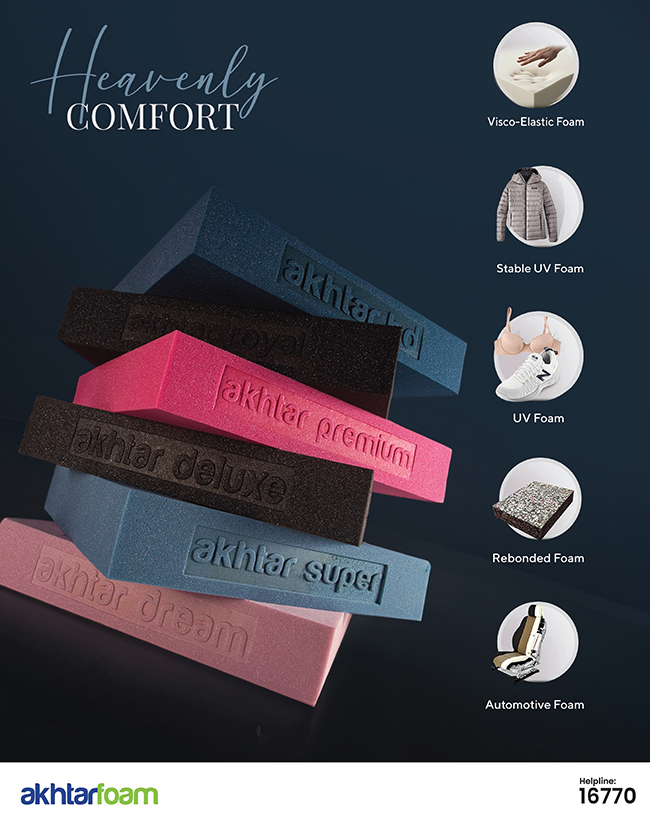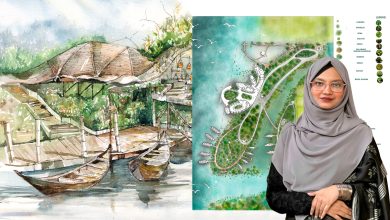Tea has been an integral part of global culture for centuries. This beverage is widely consumed throughout different cultures on different occasions. The practice of tea consumption and production is notably significant in Bangladesh as well.
The existing Tea Research Institute was established in 1947 at Sreemangal, Sylhet. The facility has been functioning as the sole research institute on the production and distribution of tea for 72years. The project aims to redevelop the research facility from a contemporary architectural standpoint with a prioritized expansion of tourism facilities that would enable people to explore the industry by experiencing the opulence of the process and the culture of the tea production process.
Tea in our region is regarded as the beverage that establishes communication and connectivity amongst people. In our country, the practice of tea consumption is largely facilitated in ‘Tong’, a minimal shop where people meet, chat and bond over tea. The project aims to redefine the tea research facility of the region by signifying the contemporary practice of the ‘Tong’ culture.
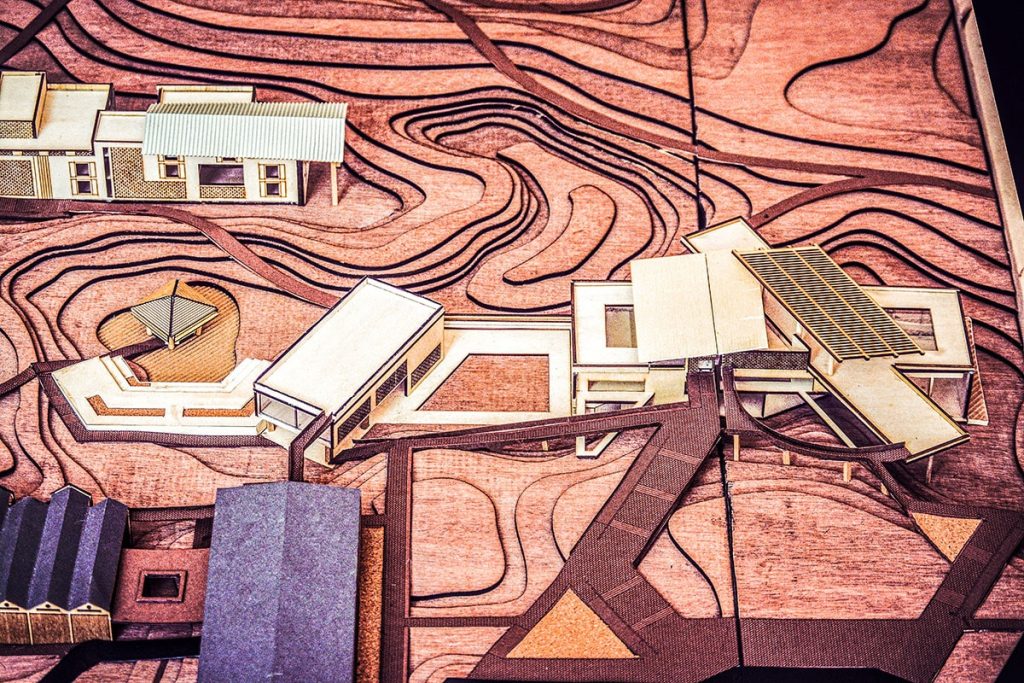
Even though Bangladesh holds a significant place in the tea production and distribution industry, the people in our country have little to no knowledge about the process itself. The project takes significance of the three aspects (knowledge, culture and heritage) and unifies them to celebrate the facilitation by redeveloping the research facility to serve the purpose of these aspects. The existing institute is located 66.25 km from Sylhet town and almost 3.8 km from Sreemangal. The maximum elevation of the site can be seen from the outside, which is 194 feet high and the lowest elevation is 119 feet. As of this moment, only one entry is accessible for the users.
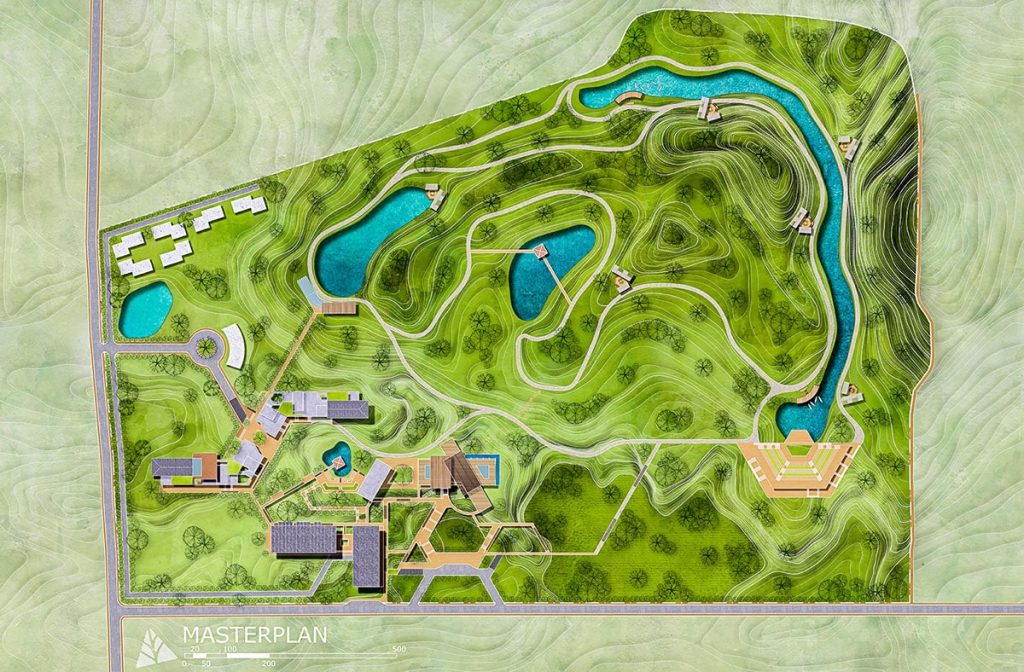
The whole facility will be redesigned to accommodate better functionality and signify the concept of tea celebration by renovating the existing facilities and combining new elements to let the users adhere to the spirit of tourism and the research process. The new facility will consist of a plaza, a tea museum, an amphitheatre, a greenhouse, Tong modules, accessible tea cultivation zones and the renovated research institution. Tea cultivation zones will be divided into three main zones according to their ability to cultivate certain types of teas. Each of the zones will consist of two sub-zones.

The abandoned mill will be transformed into a tea museum which will consist of exhibition centres and souvenirs shops.
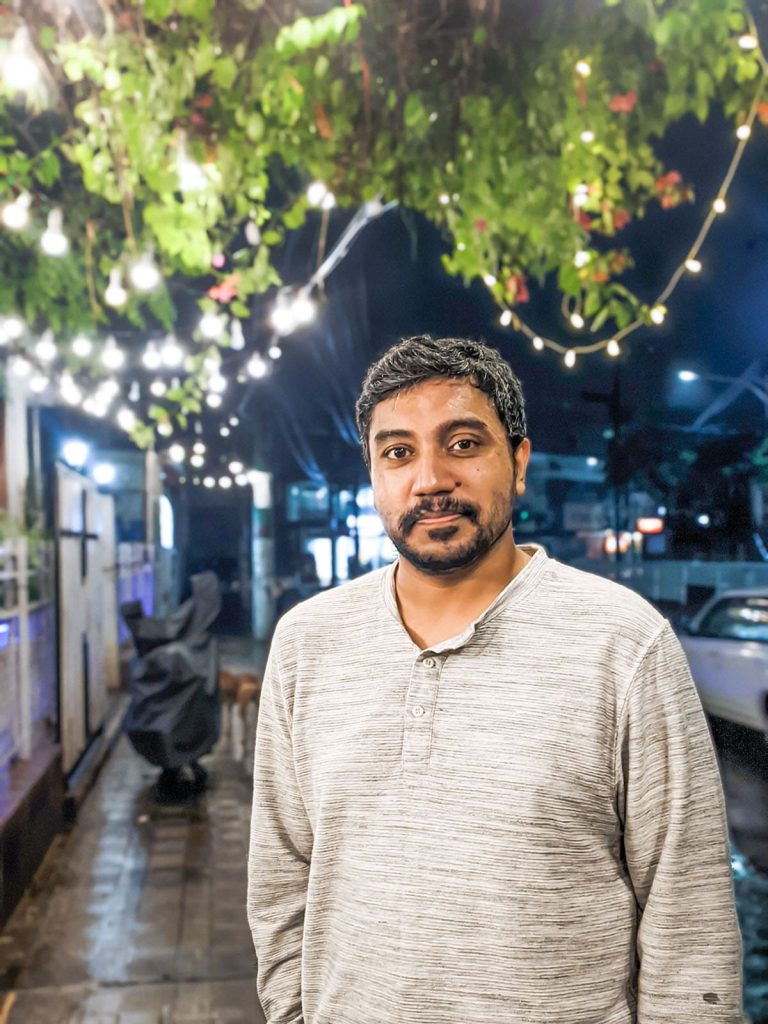
For the research facility, the researchers will be needing semi-outdoor spaces for the simulation process. Therefore, the windows are grooved to create shaded pockets that will provide the spaces for simulation. The facility will be formatted in a zigzag position to accommodate proper cross-ventilation by following the regulation set by the standard of the United Nation.
There will be 12 tong-like modules designed throughout the 6 cultivation zones where researchers will conduct different experiments, tea-labours will measure tea leaves and users can stop, have tea and experience the research and production process by themselves
The project aims to create a dialogue amongst the researchers, tea-workers and general people through the connectivity of the spaces in the facility.

